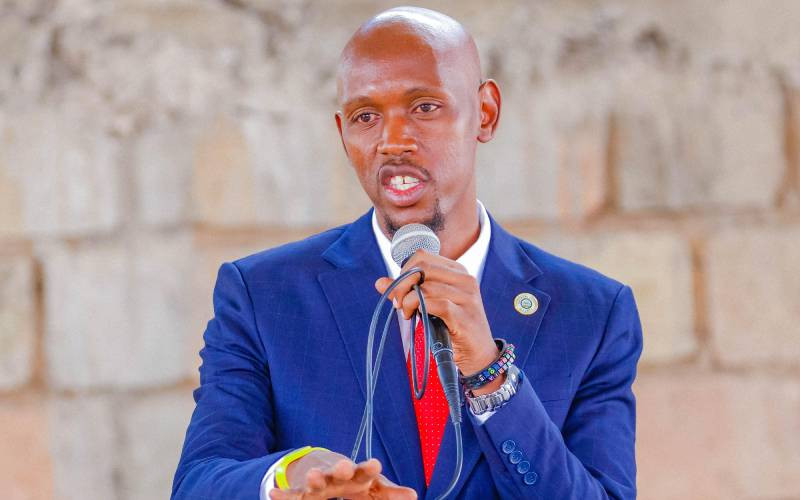- The Vision sets out to close the growing gap in industrial wood supply currently meeting less than 10% of national demand by expanding tree cover through on-farm and plantation forestry, boosting productivity, and strengthening market infrastructure.
Kenya has launched the Industrial Wood Sector Vision 2050, a bold and forward-looking plan designed to reposition the forestry sector as a cornerstone of the country’s green economic growth and sustainable development.
The Vision sets out to close the growing gap in industrial wood supply currently meeting less than 10% of national demand by expanding tree cover through on-farm and plantation forestry, boosting productivity, and strengthening market infrastructure.
It’s a long-term strategy meant to unlock the sector’s full potential and drive inclusive economic progress.
Speaking on behalf of Cabinet Secretary for Environment, Climate Change and Forestry Deborah Barasa at the launch event on July 29, 2025, Forestry Principal Secretary (PS) Gitonga Mugambi has described the initiative as a critical step forward, a changing blueprint that places industrial wood production at the heart of Kenya’s green industrial revolution.
Beyond timber, the Vision is built around people and livelihoods. It aims to create at least 85,000 quality full-time jobs while supporting broader national priorities like climate resilience, land restoration, and the revitalization of downstream sectors—including construction, renewable energy, and furniture manufacturing.
The PS noted that the plan isn’t simply about planting trees—it’s about building a greener economy from the ground up. From restoring degraded landscapes to empowering smallholder farmers and boosting rural incomes, the Vision is anchored in a long-term commitment to sustainable growth.
"It’s about economic transformation, restoring degraded land, and creating real livelihoods,” the PS noted.
Additionally, PS Mugambi reaffirmed the Ministry’s alignment with key government development strategies, including the Bottom-Up Economic Transformation Agenda and the Green Economy Strategy. Central to this effort is the national target of growing 15 billion trees by 2032, with 750,000 hectares specifically allocated for commercial forestry.






